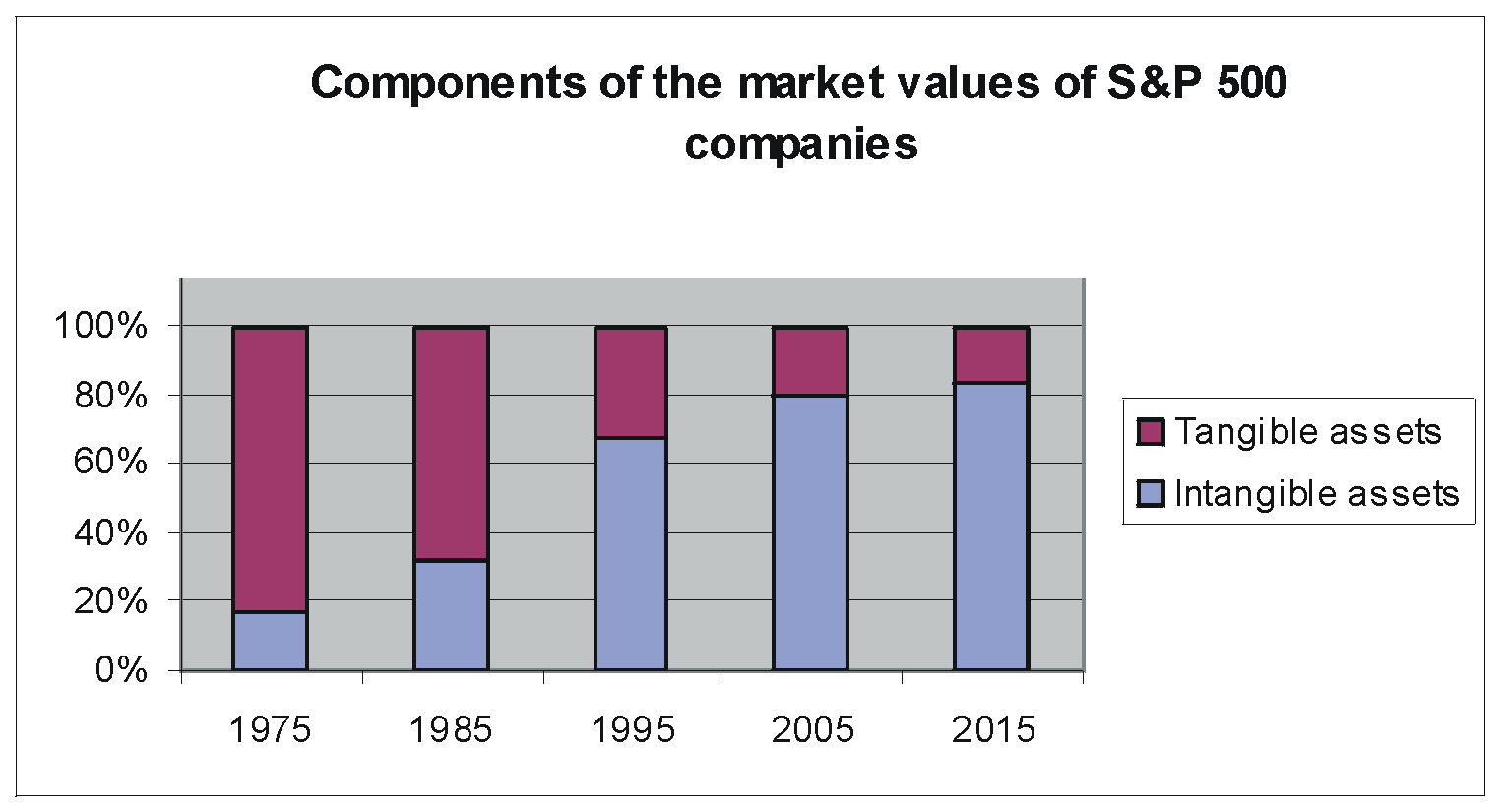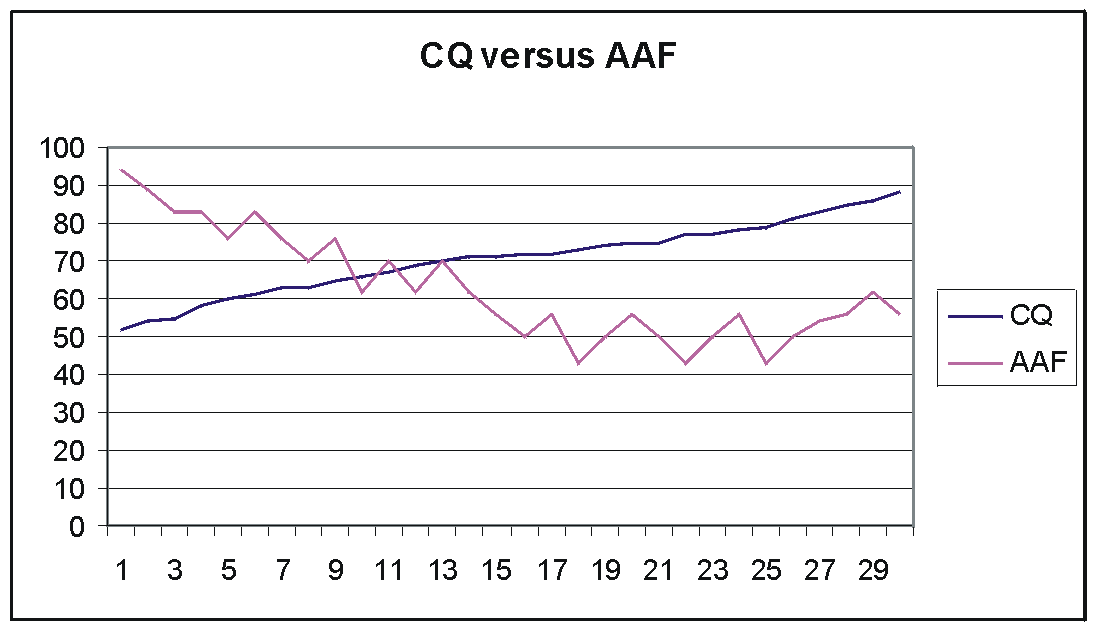Abstract
This paper is a brief presentation of a research regarding the possible correlation between the individual creativity and the level of anxiety about the future of students involved in tertiary education. Basically, our experiment consisted in measuring the creativity quotient of a number of 30 students using a previously developped scale, and then comparing the results with their levels of anxiety about the future determined using the Bolanowsky AAF scale. Preliminary results show that students with higher scores at a creativity test feel better prepared to face the future, and exhibit lower levels of anxiety regarding their educational and professional evolution. On the other hand, there is growing evidence that the individual creativity can be significantly improved through specific education. Since the students’ anxiety is a catch all indicator of the factors having a negative impact on the process of education, it results that a systematic effort to stimulate the creativity of the students might be one of the most effective means to mitigate the impact of many risk factors and improve the overall quality of education.
Keywords: CreativityAnxiety about the futureRisk in education
Introduction
We have argued elsewhere (Susnea et al., 2014), starting from ethical considerations, that the
formal education system must foster the creativity of the students, as a means to provide them with a
certain robustness against the uncertainties of the future, and we suggested (Susnea, Pecheanu & Tudorie,
2015) that a reformed School remains the only institution capable to do this on a large scale.
These ideas are supported by many prominent voices (see Robinson, 2009; Wagner, 2012, and
many others).
But is there any experimental evidence that creativity really does it? Are the students that score
high at the creativity tests better prepared to cope with the uncertainties of the future?
For obvious reasons, longitudinal studies that track the evolution of the students and the outcomes
of the education over long periods of time are difficult to carry, and in lack of such data, we chose to
indirectly measure the students’ uncertainty about the future through one of its effects: the anxiety.
The present paper describes the preliminary results of a research aimed to compare the individual
creativity with the level of anxiety about the future of the students involved in technical tertiary
education. The experimental data suggest a possible correlation between the two indicators: students with
high creativity are visibly more confident that they will be able to successfully face the challenges of the
future, while less creative students exhibit higher levels of anxiety about their professional future.
Related Literature
There exist a significant literature (see Florida, 2006; Resnik, 2007) arguing that the modern society
is fundamentally different from what it used to be just a couple of decades ago: “we are shifting from an
economy based on physical inputs—land, capital, and labor—to an economy based on intellectual inputs,
or human creativity...” (Florida, 2006).
Economic data (Ocean Tomo, 2015) clearly support this idea: for example, between 1975 and
2015 the weight of the intangible assets in the market value of the S&P 500 companies raised from 17%
in 1975 to an amazing 84% in 2015 (see figure

Another dimension of the evolution of modern society is what has been called “the pace of life”.
Urbanization, demographic pressure, global communication lead to a constant increase of the overall rate
of environmental change (Bettencourt et al., 2007), and deeply affects the way we perceive this change.
It has been said that our “brain is an anticipation machine” (Gilbert, 2006). We constantly create
projections of “possible futures” by fusing sensory data and information about the past experiences, but
there is always o certain dose of uncertainty in our predictions. On the accuracy of these predictions
depends our ability to adjust our behavior and activity in order to influence the course of events towards a
desired outcome. Therefore, higher levels of uncertainty generate and fuel the feeling that the future is
uncontrollable. From this pespective, Grupe & Nitschke (2013) demonstrate that the uncertainties about the future
are closely connected with the level of anxiety, and argue that anxiety is a normal emotional response to
uncertainty (see also: Rosen & Schulkin, 1998).
It appears that the modern society requires higher levels of creativity (Robinson, 2009), but in the
same time it is less stable, and more unpredictable and therefore generates anxiety (Walters et al, 2012).
The simple experiment outlined below was aimed to clarify how these two factors correlate.
Methodology
Our research hypothesis was that the students having higher creativity quotients are more
confident that they are able to face the challenges of their professional future. Basically, the experiment
consisted in measuring the anxiety levels and the creativity scores of a group of students, and then we
compared the figures.
We have used the Bolanowski scale (Bolanowski, 2005) to measure the anxiety about the future
(AAF) of a group of N=30 students in the third grade at the Department of Computer and Information
Technology of the University “Dunarea de Jos” of Galati, Romania.
This scale comprises the following 4 items:
3.
4.
The user input was collected by means of a 5-point Likert scale, and the sum of the results for all
items was reduced to the interval [0-100], where AAF=0 means no anxiety at all, and AAF=100 indicates
a very high anxiety.
The individual creativity quotients (CQ) of the students were determined using the tool described
in Susnea & Vasiliu (2016a). This is a web based application that collects the user responses to a 20 items
scale, and uses elements of artificial intelligence (fuzzy logic) to derive a numeric value (CQ) that refects
the individual creativity. A beta version of this instrument is available online for open access on the web
page of the project TECRINO – Teaching Creativity in Engineering http://www.tecrino-project.eu/ .
Though this tool was primarily intended to assess the evolution of the students involved in courses
of technical creativity, it proved to be a convenient solution whenever a fast evaluation of the individual
creativity is needed.
Experimental Results and Discussion
The experimental data collected so far is still insufficient for a serious statistic analysis, but the
preliminary results, shown in figure
Obviously, this was a very basic experiment. Further research is needed with a larger and more
diverse group of students.
Since dropout is a major component of what has been called “academic failure” (see Rumberger,
1987), we would extend the Bolanowski scale by adding another item to reflect the anxiety induced by
the fear of not being able to complete the studies.
Also, it is known that there are considerable gender differences in what concerns the incidence and
intensity of the anxiety (McLean et al, 2011). Therefore it may be useful to analyze the results
considering the gender of the participants (in our experiment there were 22 male, and only 8 female
participants).

A number of 19 out of the total of 30 participants in our study (63%) were already employed at the
date of the experiment, so they were obviously less concerned about getting a job. Probably, it would be a
good idea to repeat the experiment with first grade students, who are affected to a higher degree by
uncertainty about their professional future.
An interesting variation of this experiment would be to compare the students’ anxiety not with the
actual creativity, but with their
We have reasons to believe that there exists some soft of
noticed that students who passed a fake creativity test, and were told that they have oustanding creativity
quotients actually exhibited a more creative behavior after the test: they were more confident to enter
technical debates with their peers, produced a larger number of ideas on a given topic. If this is true, then
Conclusion
We believe that the level of students’ anxiety is a “catch all” indicator of all the environmental
factors that have a negative impact on the quality of the education (see also Frenzel et al, 2007). This
simple experiment, showing a correlation between high creativity and low levels of anxiety about the
future, is yet another argument in favor of a systematic effort to foster creativity in formal education.
We have argued (Susnea et al, 2016b)
AAF scale may be used for the early identification of the students at risk. And involving the students in creativity courses may be one of the most effective means to reduce the risks of academic failure and to
improve the overall quality of the education.
References
- Bettencourt, L. M., Lobo, J., Helbing, D., Kühnert, C., & West, G. B. (2007). Growth, innovation,
- scaling, and the pace of life in cities. Proceedings of the national academy of sciences, 104(17), 7301-7306.
- Bolanowski, W. (2005). Anxiety about professional future among young doctors. International journal of occupational medicine and environmental health, 18(4), 367-374.
- Florida, R. (2006). The Flight of the Creative Class: The New Global Competition for Talent. Liberal Education, 92(3), 22-29.
- Frenzel, A. C., Pekrun, R., & Goetz, T. (2007). Perceived learning environment and students' emotional experiences: A multilevel analysis of mathematics classrooms. Learning and Instruction, 17(5), 478-493.
- Gilbert, D. T. (2006). Stumbling on happiness. Random House.
- Grupe, D. W., & Nitschke, J. B. (2013). Uncertainty and anticipation in anxiety: an integrated neurobiological and psychological perspective. Nature Reviews Neuroscience, 14(7), 488-501.
- McLean, C. P., Asnaani, A., Litz, B. T., & Hofmann, S. G. (2011). Gender differences in anxiety disorders: prevalence, course of illness, comorbidity and burden of illness. Journal of psychiatric research, 45(8), 1027-1035.
- Ocean Tomo (2015) Annual Study of Intangible Asset Market Value from Ocean Tomo, LLC, available online: http://www.oceantomo.com/2015/03/04/2015-intangible-asset-market-value-study/ retrieved Sept. 2016 Resnick, M. (2007). Sowing the Seeds for a More Creative Society. International Society for Technology in Education, 35(4), 18–22 Robinson, K. (2009). The element: How finding your passion changes everything. Penguin.
- Rosen, J. B., & Schulkin, J. (1998). From normal fear to pathological anxiety. Psychological review, 105(2), 325.
- Rumberger, R. W. (1987). High school dropouts: A review of issues and evidence. Review of educational research, 57(2), 101-121.
- Susnea, I., Pecheanu, E., Tudorie, C., & Cocu, A. (2014). The education for creativity–the only student’s tool for coping with the uncertainties of the future. In MAC ETEL 2014–International Conference on Education, Teaching and e-Learning, Prague, Oct.
- Susnea , I., Pecheanu, E., & Tudorie, C. (2015). Initiatives Towards an Education for Creativity. Procedia-Social and Behavioral Sciences, 180, 1520-1526.
- Susnea, I., & Vasiliu, G. (2016a). A Fuzzy Logic Software Tool and a New Scale for the Assessment of Creativity. International Journal of Computers Communications & Control, 11(3), 441-449.
- Susnea, I., Pecheanu, E., Dumitriu, L. (2016b) The School in Extremistan – How Teaching Creativity May Lower the Risk in Education, MIC 2016 - The Second Conference of the Marconi Institute for Creativity, Bologna, Sept.
- Wagner, T. (2012) Creating innovators: The making of young people who will change the world. Simon and Schuster Walters K, Rait G, Griffin M, Buszewicz M, Nazareth I (2012) Recent Trends in the Incidence of Anxiety Diagnoses and Symptoms in Primary Care. PLoS ONE 7(8): e41670.
- doi:
Copyright information

This work is licensed under a Creative Commons Attribution-NonCommercial-NoDerivatives 4.0 International License.
About this article
Publication Date
25 May 2017
Article Doi
eBook ISBN
978-1-80296-022-8
Publisher
Future Academy
Volume
23
Print ISBN (optional)
-
Edition Number
1st Edition
Pages
1-2032
Subjects
Educational strategies, educational policy, organization of education, management of education, teacher, teacher training
Cite this article as:
Susnea, I., Pecheanu, E., & Dumitriu, L. (2017). The Education for Creativity May Lower the Students’ Anxiety About the Future. In E. Soare, & C. Langa (Eds.), Education Facing Contemporary World Issues, vol 23. European Proceedings of Social and Behavioural Sciences (pp. 1269-1273). Future Academy. https://doi.org/10.15405/epsbs.2017.05.02.155

